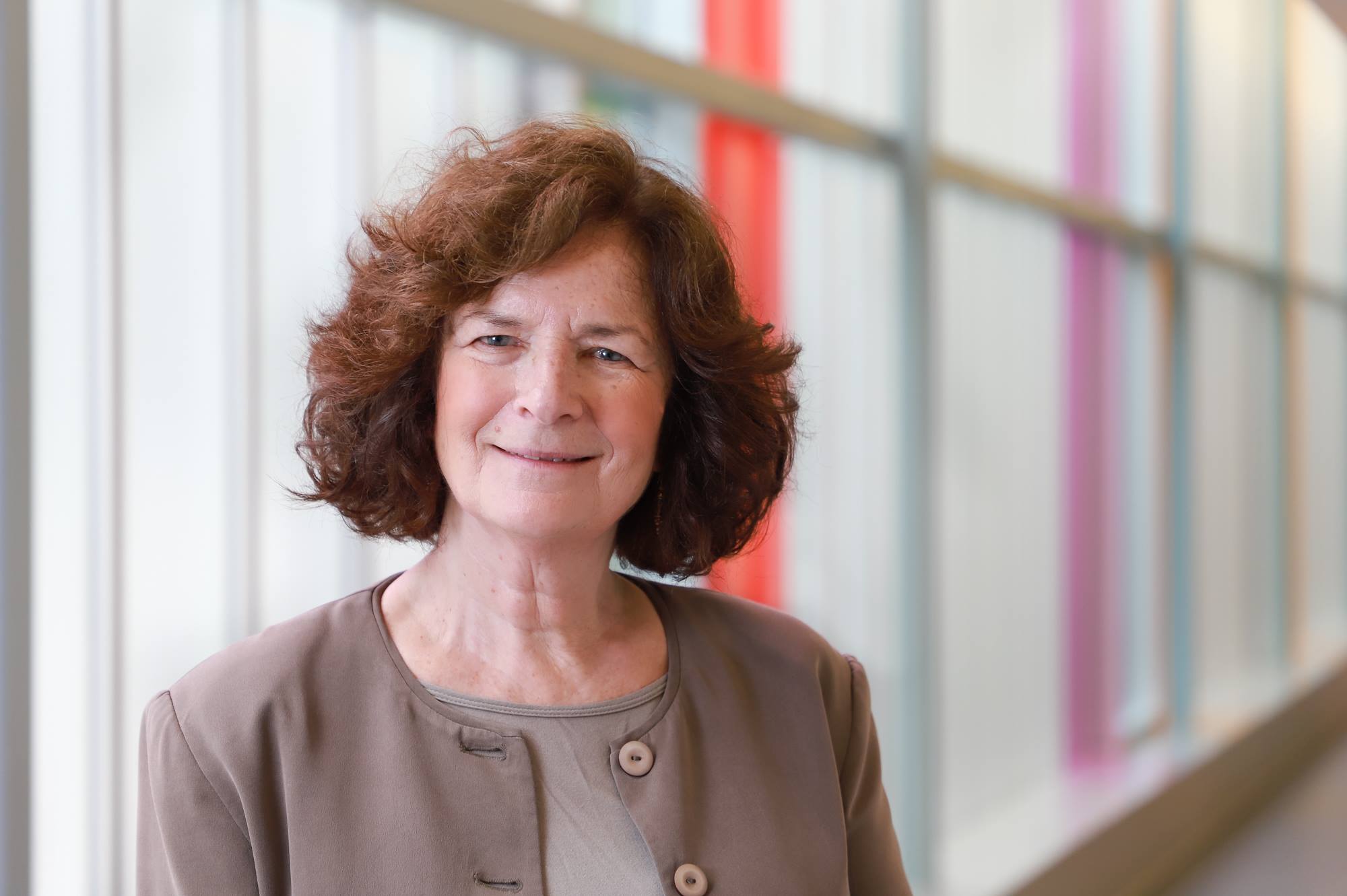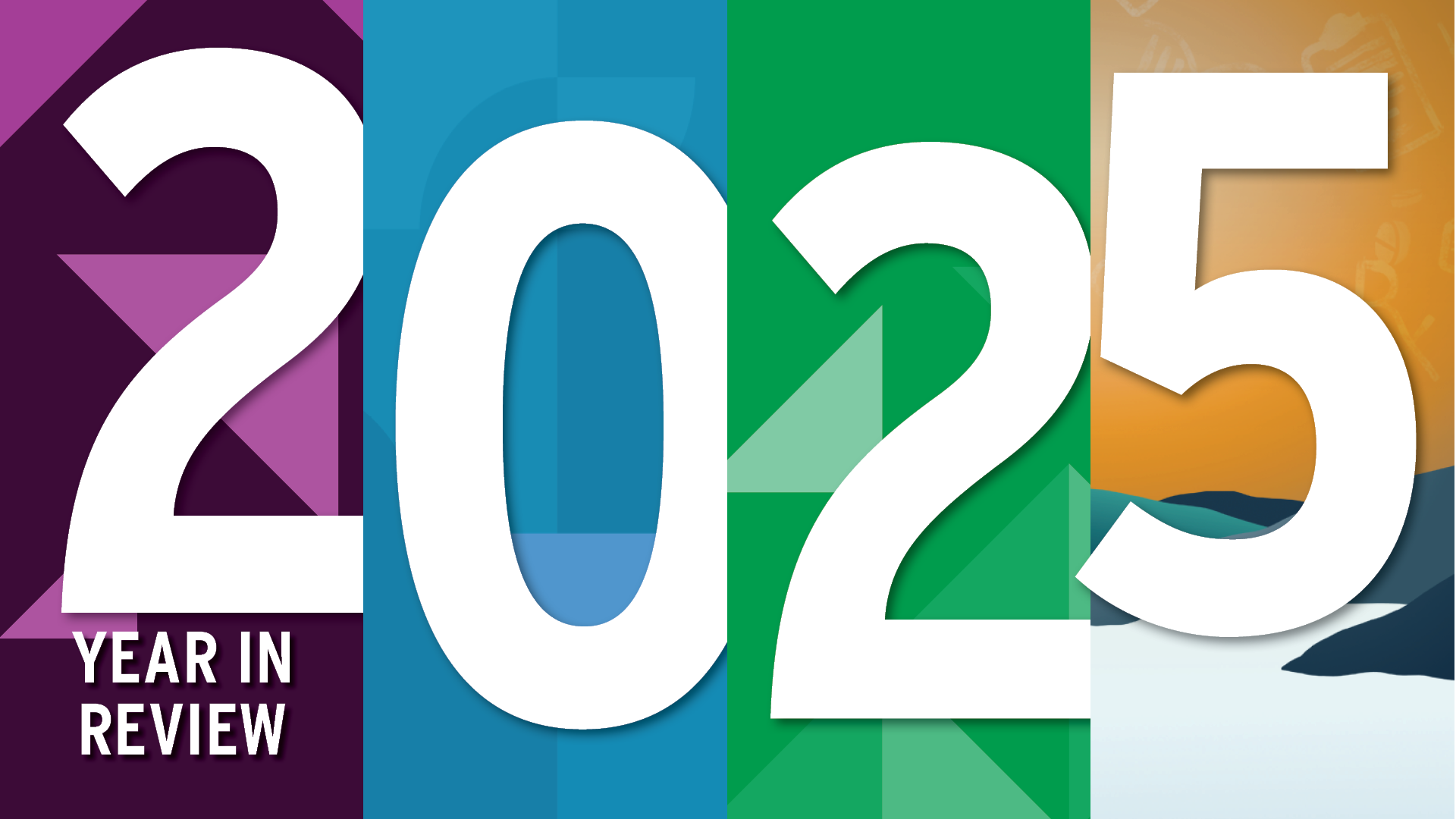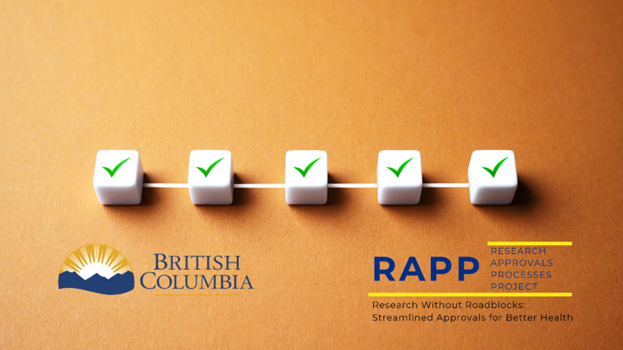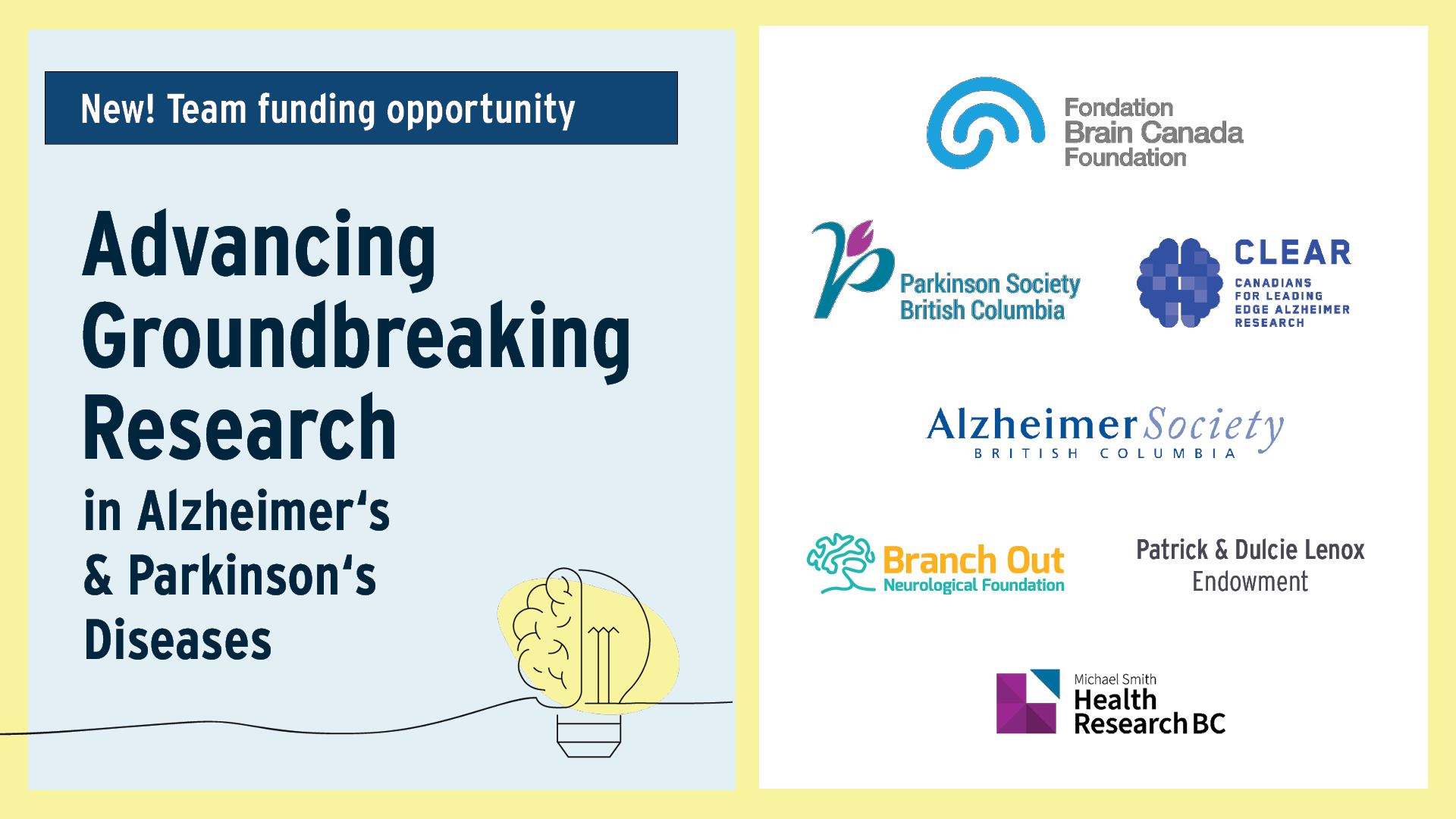Multifaceted and ground-breaking: An interview with Aubrey J. Tingle Prize winner Dr. Ruth Grunau
23 September 2021

An international leader in preterm infant pain research, Dr. Grunau’s unique, highly innovative multidisciplinary research program has made an impact in neonatal care worldwide.
Among her contributions to the field of infant pain and development, Dr. Grunau demonstrated that premature babies can perceive pain, and she developed the first quantitative, validated infant pain measure tool — viewed at the time as the “gold standard” — which became incorporated into scales used today. She showed that pain and stress of daily invasive procedures in very preterm infants hospitalized in the neonatal intensive care unit (NICU) is a significant contributing factor to poorer neurodevelopmental and behavioural outcomes, after accounting for clinical factors. And she established that long-term adverse effects of pain/stress for these preterm babies appears to be mediated by changes in brain development and altered programming of the stress system.
Her landmark discoveries are captured in more than 200 refereed journal articles, with many highly cited papers, making Dr. Grunau one of the top 1.5 percent of cited researchers globally.
Today, Dr. Grunau serves as professor in the Division of Neonatology in the Department of Pediatrics, associate member of the Department of Psychology and the Graduate Program in Neuroscience at UBC. Before becoming a full-time academic in 2001, she worked for over a decade as a pediatric clinical psychologist at BC Children’s & Women’s Hospitals. She has also held investigator awards in the BC Children’s Hospital Research Institute for the past 20 years.
Dr. Grunau received the highest international award in her field for clinical impact with the 2018 Jeffrey Lawson Award for Advocacy in Children’s Pain Relief and the highest international research award in her field with the 2019 Distinguished Career Award from the International Association for the Study of Pain (IASP) Special Interest Group on Pain in Childhood. She has also served on many international committees, including as an elected council member with IASP Pain in Childhood and a working group member for the Federal Pain Research Strategy through the US National Institutes of Health.
This month, MSFHR sat down with Dr. Grunau for a candid interview to reflect on her non-linear career, the pioneering multidisciplinary research she has spearheaded, collaborations with fellow researchers, and her advice to the next generation of health researchers.
What initially drew you into a career in health research, and how did you get started?
I can’t emphasize enough how serendipity and unexpected meetings can cause one’s career to go in unexpected directions. Sometimes apparently unrelated strands of the past can come together in ways one doesn’t expect, and these build the fabric of a research career.
That was certainly the case for me. I didn’t start out in health research. I completed my undergraduate work in psychology at the University of Sydney, where there was a strong emphasis on experimental animal research. Even though I didn’t go in that direction, that was fantastic background which influenced my thinking as a clinician.
When I came to UBC to do graduate studies, despite a great interest in behavioural genetics, I really wanted to have a big family. I decided to be very sensible and pursue pediatric psychology instead. I got married in the first year of my master’s and had three babies during graduate studies and one more a couple of years after I finished my PhD.
However, before starting my PhD, I worked in the Faculty of Medicine at UBC on a study of the neurodevelopment of preterm children led by the pediatric neurologist Dr. Henry Dunn. In addition to studying outcomes of preterm children, I worked on task-related EEG to measure functional brain activity under Dr. Morton Low.
This was very early work comparing brain function in preterm and full-term kids and was fantastic research experience. I was lead author on two papers published in 1978 and 1981. This was a really important thread of experience that reemerged many years later.
You’ve been recognized around the globe for your research on infant pain and its effects on infant development. What inspired you to pursue this area of research in particular?
It was during my PhD that I made the leap into the field of infant pain.
As serendipity happens, in conversations with Dr. Kenneth Craig at UBC, who was a specialist in pain, I learned that the belief at the time was that infants could not perceive pain in the first week of life. I was shocked given my developmental psychology background. Moreover, there were no objective measures of infant pain, and I knew you need to measure something in a reliable, valid way to study it.
I decided to pursue a PhD with Dr. Craig as my supervisor. We developed a behavioural measure of pain in infants — the first validated, reliable, quantitative measure for infant pain.
After completing my PhD in 1985, I went to BC Children’s & Women’s Hospitals to work in the Neonatal Follow-Up Program, which was just beginning, under Dr. Michael Whitfield. We followed micro preemies, who were born below 800 grams and were starting to survive in greater numbers due to medical advances.
If I had gone straight into a research career, I would not have made the discoveries I have. For me to pursue the novel concept of linking early pain-related stress to neurodevelopment, it was critical that I was a clinician administering cognitive and behavioural assessments with these micro preemies. I observed firsthand their unusual behavioural phenotype that suggested a role for early stress, given findings on effects of early life stress emerging in the animal literature at that time.
What has been the most rewarding accomplishment or discovery in your career?
I can’t pick one because so much of this has been ground-breaking and exciting.
I would say one of the most rewarding was the work starting around 2010 with Dr. Urs Ribary and Dr. Sam Doesburg using magnetoencephalography (MEG), which measures magnetic fields produced by the brain’s electrical currents to map brain function. These studies were very exciting, and our collaboration continues to this day.
We showed for the first time that pain-related stress of invasive procedures, after accounting for clinical risk factors, was associated with alterations in the spectral structure of spontaneous and task-related cortical oscillatory activity. This was true especially in the tiniest babies, born in the 24 to 28-week period of gestation. This brain activity is generated by the thalamocortical pathway, which is highly vulnerable to excitotoxicity during key processes in brain development underway at that time. Thus the link between early pain/stress and MEG signals was believable.
Another highlight was around 2019 when we found with Dr. Steven Miller and Dr. Angela Devlin that neonatal pain/stress exposure and regional subcortical brain volumes on MRI, together with targeted genetic variation, were related to poor cognition and visual motor problem-solving and behaviour at school age. These highly novel findings highlight the complexity of how early life pain/stress may impact child outcomes and how multiple factors interplay.
Another exciting piece of work was examining pain treatment in the NICU and outcomes. In some of our studies, higher neonatal morphine exposure was associated with poorer child behaviour. Our study of the genetics of morphine metabolism with Dr. Bruce Carleton and Dr. Colin Ross identified a small subset of babies who were highly sensitive to morphine and drove those initial findings. This is a beginning towards eventual personalized medicine in the NICU.
And one final aspect of my research that I must mention is our findings on the impact of parenting. We videotaped parent-child interactions while a parent was teaching their child an easy and a difficult task. We did this at ages 18 months and three years. From those recordings, we identified that a parent’s sensitivity to child cues as a key teaching style can, to some extent, ameliorate the long-term effects of neonatal pain. This work is important for potential intervention studies.
You were a recipient of one of MSFHR’s first Scholar awards in 2002. How has this award helped your career?
The Scholar award truly provided the foundation for my research career. It was a key part of the springboard that took me from clinical work to full-time research.
Around 2001, Dr. Joanne Weinberg, Dr. Tim Oberlander and I found that pain reactivity (behavioural, physiological and hormonal), depended on sensitization of the infant by prior events in the NICU, and that we cannot distinguish pain from stress in these neonates. That’s where the idea of “pain-related stress” came from.
This finding happened just before I received the 2002 Scholar award. The funding from MSFHR allowed me to enhance the pursuits through my full-time research and continue down several new streams, including new directions to potentially understand biologically plausible pathways that might underlie these associations between early pain and long-term outcomes.
Over the next 20 years, in a multidisciplinary approach, we found that greater exposure to neonatal pain/stress was associated with altered brain microstructure, metabolism and function, as well as altered stress hormone levels, after accounting for known clinical risk factors. Moreover, we started to identify genetic variation that revealed potential pathways as well as which children may be at higher risk or more resilient. Key collaborators include Drs. Joanne Weinberg, Steven Miller, Anne Synnes, Angela Devlin, Stuart Turvey, Ken Poskitt, Mike Sargent, and so many others who I hope will forgive me for not being named. Moreover, I am truly indebted to my graduate students, post-docs and research staff.
Our research impacted NICU clinical care worldwide, such that the importance of pain early in life became recognized and changes were made to manage invasive procedures.
What does it mean to you to be awarded the Aubrey J. Tingle Prize?
I am so thrilled and honoured, especially given the role that Dr. Tingle played in helping me early in my career.
When I was a full-time clinician and a mother of four children, I had no protected time for research. In 1994, I had a chance hallway conversation with Dr. Bob Armstrong, who was starting the Center for Community Child Health, and subsequently I met Dr. Tingle, who was starting the BC Research Institute for Child and Family Health. Between the two of them, I was given one and a half days weekly of protected time to dedicate to research. That started in 1996 and continued until I moved into academics full-time in 2001.
I cannot emphasize enough how grateful I am to Dr. Armstrong and Dr. Tingle for seeing the potential and really supporting my early efforts. That protected time positioned me to receive major operating grants from the US National Institutes of Health and the Canadian Institutes of Health Research.
I should add that sometimes I’ve been concerned that I have gone in so many directions — brain, stress hormones, genetics, parenting — rather than stayed on a single, narrow track, which is often a highly productive way to do ground-breaking research. Being awarded this prize validates my multidisciplinary, multifaceted approach.
Also, following the difficulties and challenges brought on by the COVID-19 pandemic, it is a real shot in the arm to receive this award right now. It is very reenergizing and a motivator to keep going.
What makes you passionate about what you do?
I just have the research bug. I am fascinated by new discoveries that help us better understand these kids and hopefully lead to optimizing their neurodevelopmental outcomes. That’s what drives my work.
If you could give the next generation of health researchers one piece of advice, what would it be?
Be open to learning from everyone around you — from the dedicated research technician to the clinical specialist, in addition to researchers and trainees in diverse fields. I think this attitude keeps you humble and is key to successful team work and successful multidisciplinary work.
Attend talks by researchers and clinicians in fields unrelated to your own. You may be surprised at the collaborations this leads to. Be daring and take chances. If you think you have a great idea, seek an expert in that field and take the risk of looking foolish. There may be big payoffs. Also, there is no good or bad time to have a baby!





